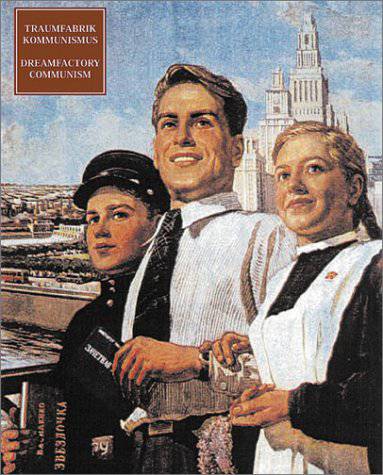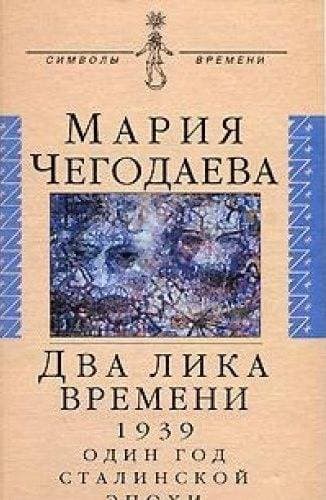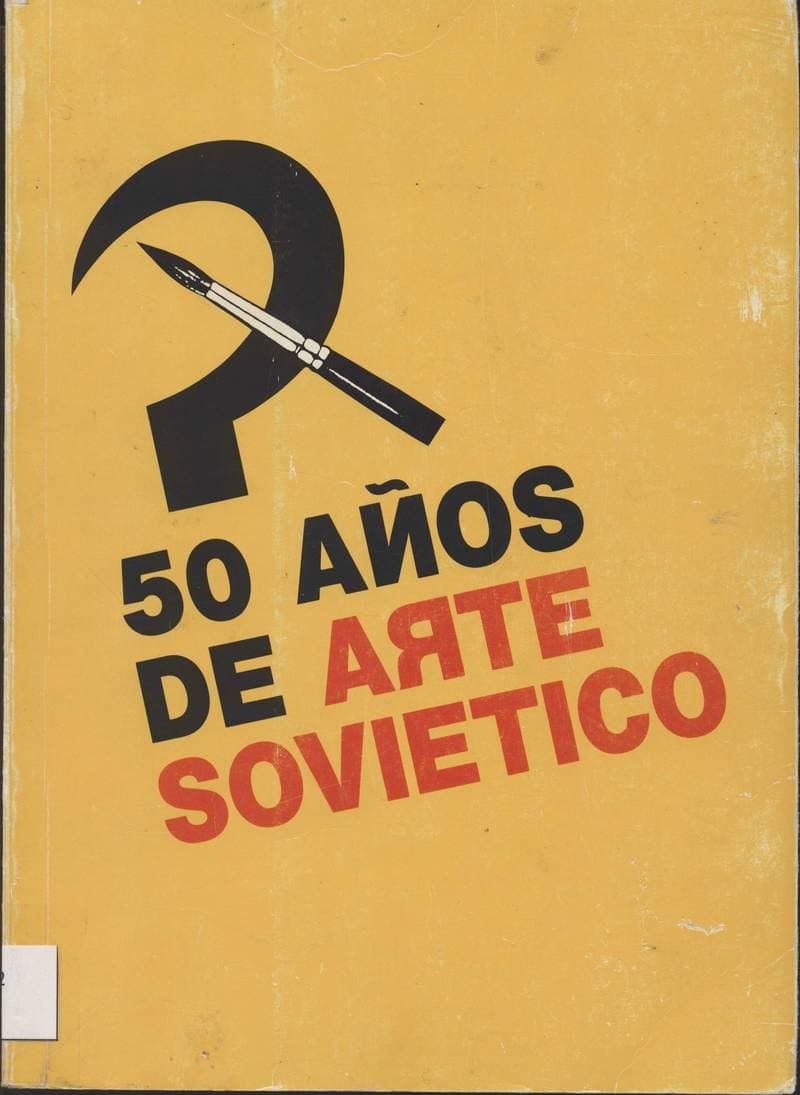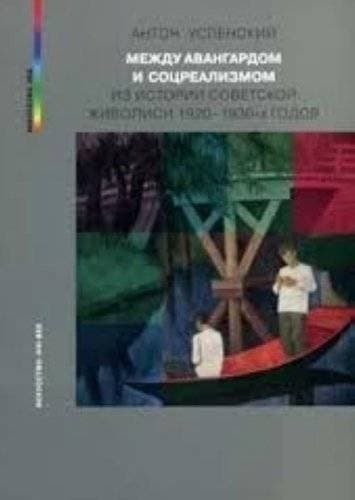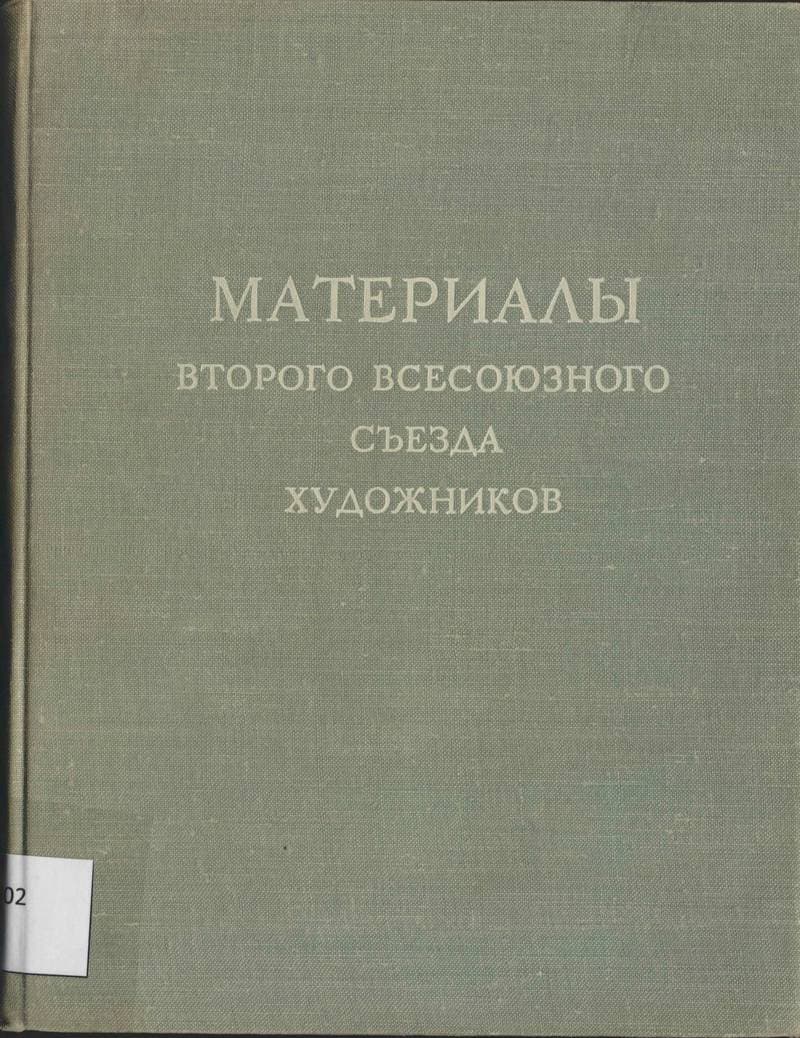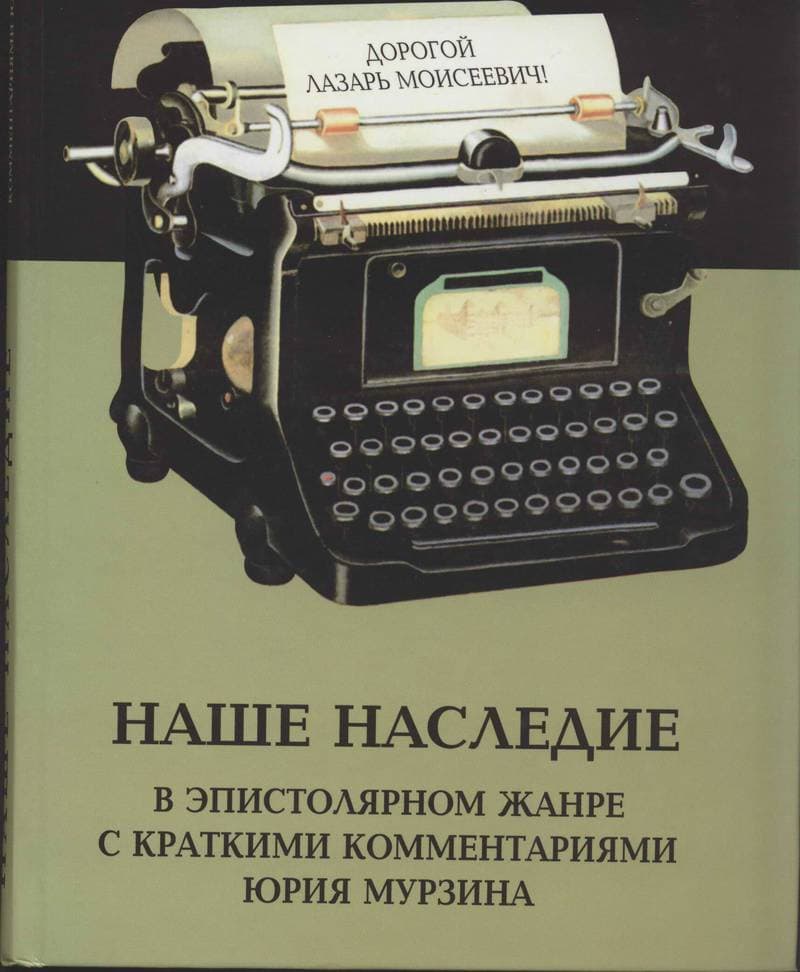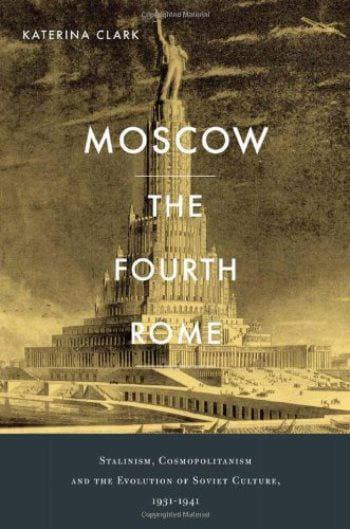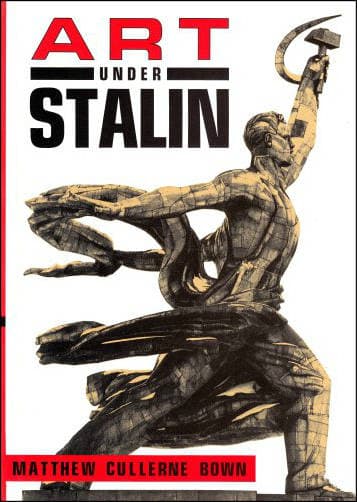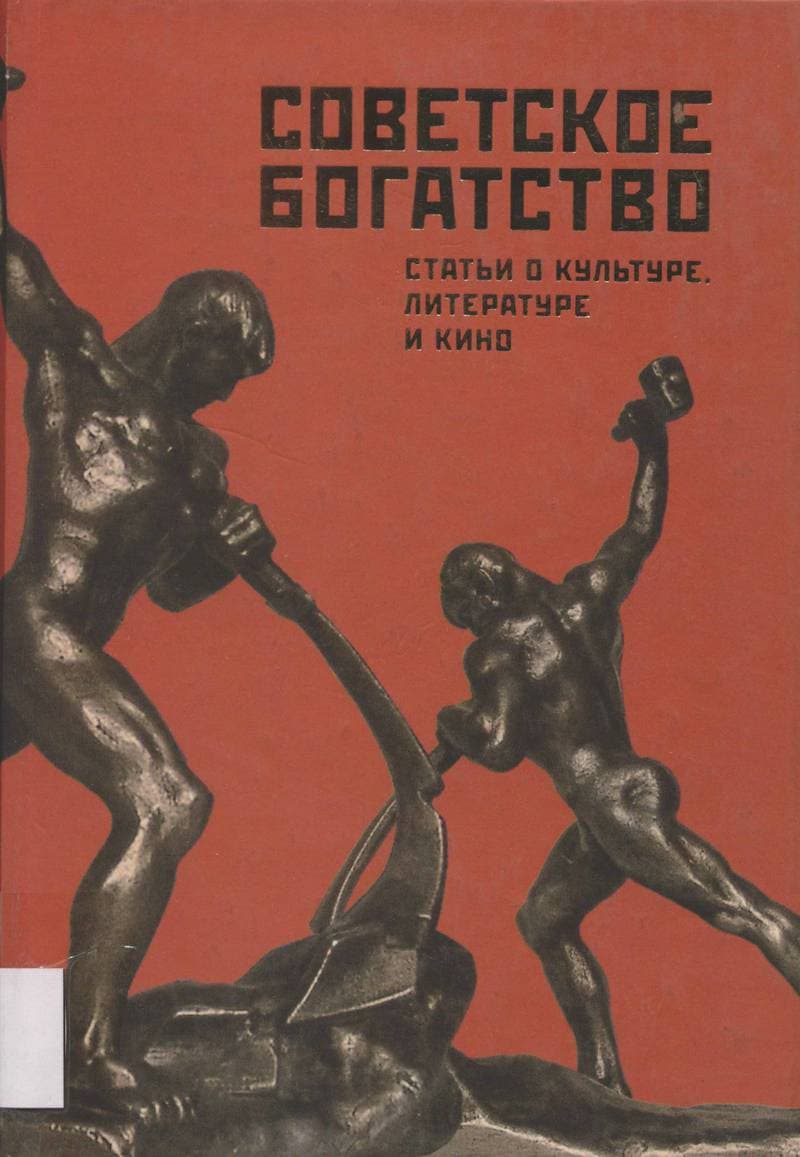Traumfabrik Kommunismus: die visuelle Kultur der Stalinzeit / Dream factory communism: the visual culture of the Stalin era
The all-encompassing mass culture of today is not an invention of the late 20th century. Contrary to what might be assumed, given the capitalist under- and over-tones of contemporary mass media, our visual culture has its roots in the totalitarian regimes of the 20s and 30s. Back then, the main venue for visual communication was the reproduction and circulation of pictures via posters and films. Fascism and communism made radical use of these new opportunities for the consistent transformation of culture, even to the point of co-opting such traditional media as painting and sculpture. The centrally organized Soviet mass culture of the Stalin period is one of the foremost example of these highly effective propaganda machines. Beginning with the late realist works of Kasimir Malevich, Dream Factory Communism presents the macrocosm of Soviet art in the Stalin era--still little known in the West--as a unified aesthetic phenomenon that transcended individual media. The later works of Soz-Art, a style in which characteristics of socialist realism are combined with Pop Art, provides a running visual commentary and a critical take on the aesthetics of totalitarianism. The inclusion of works by contemporary Russian artists such as Erik Bulatov, Ilya Kabakov and Komar & Melamid marks the chasm that separates today's artists both aesthetically and politically from their predecessors. Essays by Boris Groys, Oksana Bulgakova, Katya Djogot, Hans Gunther, Annette Michelson, Alexander Morosov and Martina Weinhart. Introduction by Max Hollein.
Данные книги
Остфильдерн
2003
461 страница
9783775713283
Доступ по запросу
Нет
Нет
709.470902 Gro
1
- Два лика времени. 1939. Один год сталинской эпохи2001
- The Total Art of Stalinism: Avant-Garde, Aesthetic Dictatorship, and Beyond2011
- 50 anos de arte sovietico1990
- Между авангардом и соцреализмом. Из истории советской живописи 1920–1930‑х годов2011
- Миф, проект и результат. Ранняя советская живопись 2‑й половины 1920‑х‑начала 1930‑х годов2012
- Материалы Второго всесоюзного съезда художников. 10-13 апреля 1963 года1963
- Наше наследие в эпистолярном жанре с краткими комментариями Юрия Мурзина2006
- Тоталитарное искусство1994
- Moscow, the Fourth Rome: Stalinism, Cosmopolitanism, and the Evolution of Soviet Culture, 1931–19412011
- Конец утопии. Из истории искусства в СССР 1930‑х годов1995
- Art Under Stalin1991
- Советское богатство. Статьи о культуре, литературе и кино2002
